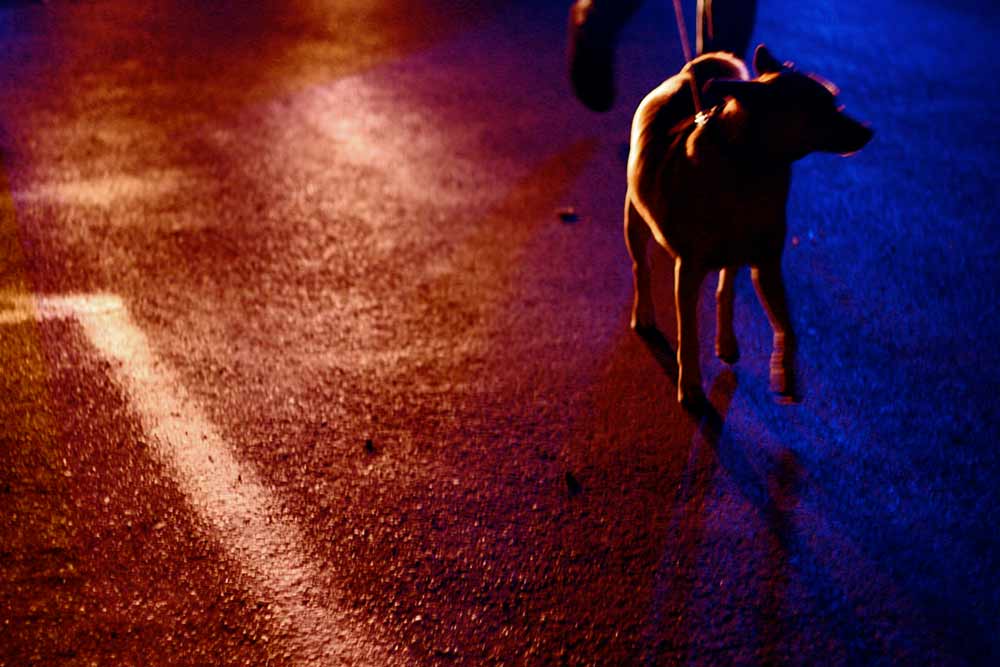
Image: Tom Woodward/flickr
One the job, police put themselves at bodily risk on a daily basis, but it’s easy to forget that man’s best friend also finds itself in danger without adequate protection.
That’s why the South Australian government has rolled out an extra layer of bodily protection to be worn by SA Police (SAPOL) General Duty police dogs to reduce the risk of harm from criminals on the front line.
This new rollout has a story behind it that might anger dog lovers, but they’ll be contented by the act of remembrance in the new bodily protection armour.
In 2013, police dog ‘Koda’ was the victim of a knife wound to the neck while on duty. Following the attack, new laws named after Koda were introduced to increase penalties for offences against police animals.
Offenders face up to five years imprisonment, a fine, and the cost of the animal’s treatment. Under the new law it is an offence to harass or interfere with the duties of the animal or its handler.
Recognising the ongoing risks faced by police dogs, SAPOL has been carefully testing protection vests to ensure there is no inhibition to the agility and mobility of the dogs.
SAPOL has 12 General Duty Dogs (German Shepherds) and eight Passive Action Detection (PAD) dogs (Labradors). The General Duty Dogs are frontline dogs which will be fitted with the ‘Mako Harnesses’, which not only offer a superior level of protection for the dogs, but also provide enhanced dog control and lifting assistance for handlers.
The State Government is investing an extra $549,000 in the acquisition and training of two additional police dogs and handlers as part of a strategy to reduce the growing impact of methamphetamine (ice) in SA.
According to the SA government, ice use poses an increased risk to police dogs, which are often used to manage incidents of violence by those seriously affected by the drug. The new vests provide an added layer of protection, enabling SAPOL’s dog squad to work as a team to improve community safety.
Police Minister Peter Malinauskas said police dogs are integral members of the frontline policing team, supporting officers to control high-risk situations and detect drugs, explosives and other prohibited items.
“We are investing more than half a million dollars in increasing the size of SAPOL’s dog squad, as we work to reduce the growing impact of ice on the community,” Mr Malinauskas said.
“The impact of ice is far reaching, and SAPOL are among those most heavily impacted. Our frontline officers and dogs respond to the impacts across all layers of the community – from managing the aggressive behaviour of users, to identifying ice dealers.”
“The safety of our frontline dogs is critically important and with these new vests in place, we hope never to see another police dog harmed by an offender,” Mr Malinauskas said.
SAPOL STAR Group Officer in Charge David O’Donovan said this particular type of protective dog vest is the result of years of research and development.
“There is nothing else like it in the market,” he said.
“While protecting the dog and presenting a professional image, the lightweight harness also provides enhanced dog control and retention, and improved benefits for handlers when lifting the dogs who can weight 30-40kg each,” Mr O’Donovan said.





